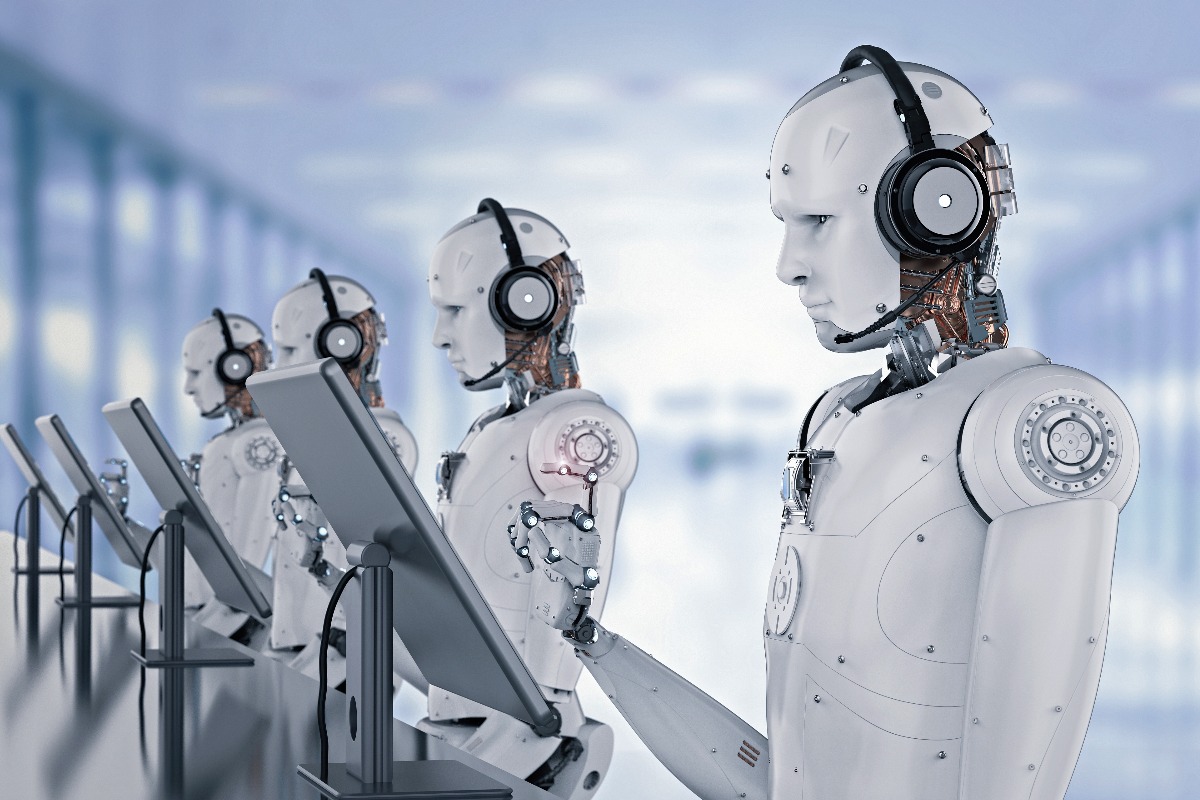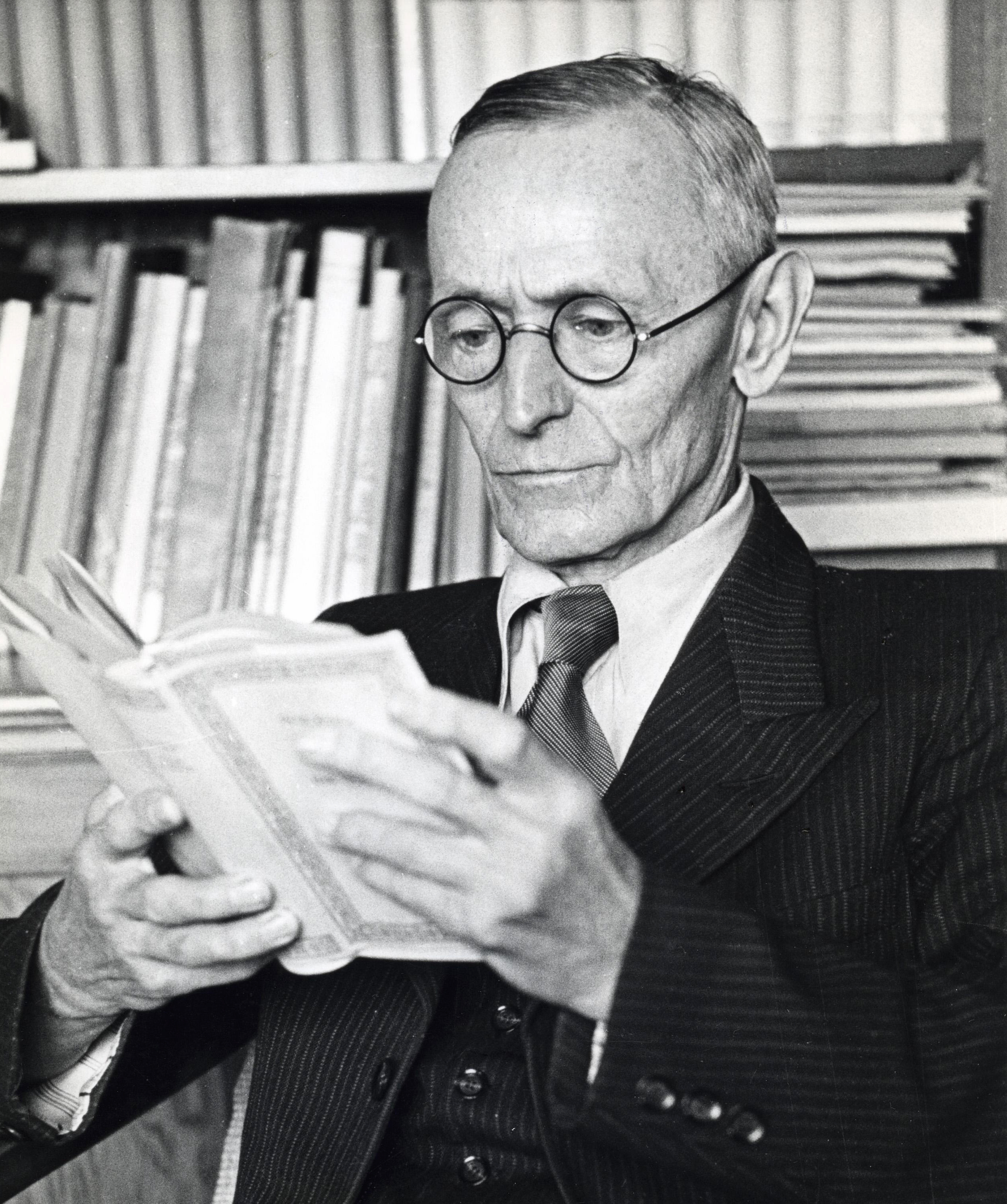


This means an alternative to today’s anti-human transhumanism—which presents a neo-Gnostic escapism. Hesse’s, as I call it, superhumanism is a precondition for the long-term sustainability of natural human consciousness and reason in connection with AI. It provides inspiration for the proper preservation, comprehension, and subsequent absorption and further processing of ancient and more recent cultural memories, and for a balanced technological evolution. Hopefully, Hesse’s basic idea will be translated into existence in some kind of form. There is no time to waste.
The author is a Distinguished Research Fellow at the Institute of Advanced Studies in Humanities and Social Sciences, Research Institute for Globalization and Cultural Development Strategies at Beijing Normal University, China and a Researcher at the BC4LS